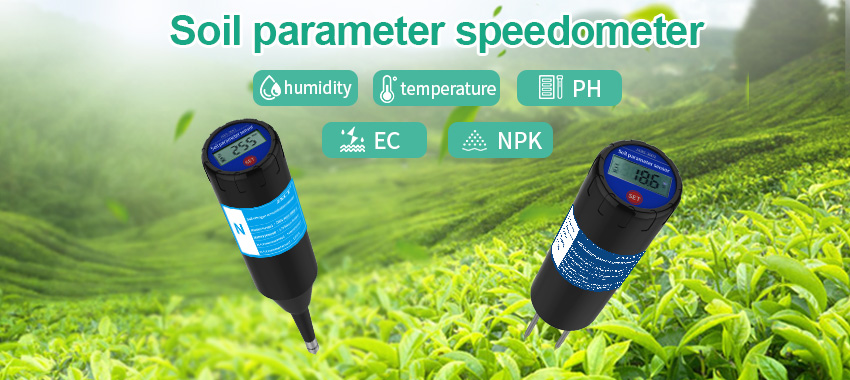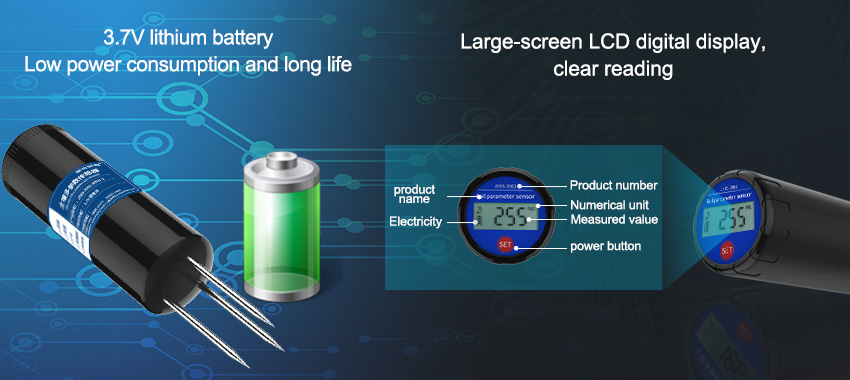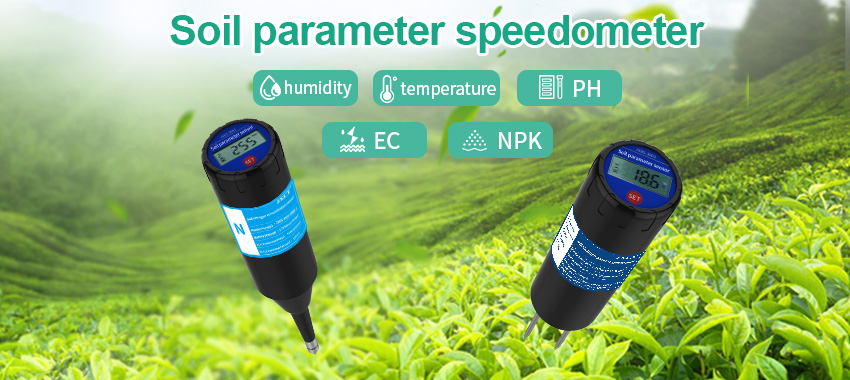Soil sensors represent a groundbreaking technology that has the potential to transform agriculture and contribute to sustainable land management practices. These sensors are designed to measure various soil parameters, such as moisture levels, temperature, pH, and nutrient content. By providing real-time data about soil conditions, they enable farmers and land managers to make informed decisions regarding irrigation, fertilization, and crop health. In this article, we will explore how the power of soil sensors is revolutionizing agriculture and promoting sustainable land management practices.
Precision Agriculture:
One of the primary ways soil sensors are revolutionizing agriculture is through the implementation of precision farming techniques. Traditionally, farmers relied on manual observations or general assumptions about soil conditions. However, soil sensors provide accurate and continuous data that helps farmers tailor their practices to specific areas within their fields. By mapping variations in soil moisture, nutrient levels, and pH, farmers can optimize irrigation and fertilizer application, reducing waste and maximizing crop productivity. Precision agriculture improves resource efficiency, minimizes environmental impacts, and increases overall profitability.
Improved Irrigation Management:
Water scarcity is a significant challenge for farmers worldwide. Over-irrigation can lead to water wastage and environmental degradation, while under-irrigation can negatively impact crop yield and quality. Soil sensors offer a solution by providing real-time data on soil moisture levels. This information allows farmers to optimize irrigation schedules and quantities, ensuring that crops receive optimal water amounts at the right time. By avoiding overwatering or underwatering, farmers can conserve water resources, protect soil structure, and prevent nutrient leaching. Improved irrigation management not only benefits farmers but also contributes to water conservation and sustainable agriculture.
Nutrient Management:
Proper nutrient management is crucial for healthy plant growth and sustainable agriculture. Soil sensors play a vital role in optimizing nutrient application by providing precise information about soil nutrient levels. With this data, farmers can adjust their fertilization practices to meet specific crop requirements. By avoiding excessive or inadequate nutrient application, farmers can minimize nutrient runoff, which reduces water pollution and protects ecosystems. Accurate nutrient management also enhances crop productivity and quality while reducing costs and environmental impacts.

Early Pest and Disease Detection:
Pests and diseases can have devastating effects on crops, leading to significant economic losses and environmental consequences. Soil sensors can contribute to early pest and disease detection by monitoring soil conditions that are conducive to the presence of specific pests or diseases. For example, changes in soil moisture or nutrient levels can indicate the likelihood of certain soil-borne pathogens. By detecting these conditions early, farmers can take appropriate preventive measures to mitigate the spread of pests and diseases, such as adjusting irrigation or implementing targeted treatments. Early detection not only reduces crop losses but also minimizes the need for pesticide use, benefiting both the environment and human health.
Enhancing Soil Health:
Soil health is essential for sustainable land management practices. Healthy soils support biodiversity, promote water infiltration and retention, and provide nutrients to plants. Soil sensors help farmers assess and monitor soil health parameters, such as organic matter content, soil compaction, and microbial activity. This information enables farmers to implement soil conservation practices, such as cover cropping, crop rotation, and reduced tillage. By promoting soil health, farmers can improve soil structure, fertility, and resilience, leading to increased crop yields, reduced erosion, and enhanced overall ecosystem health.
Data-Driven Decision Making:
The power of soil sensors lies in their ability to provide accurate and real-time data. This data empowers farmers and land managers to make data-driven decisions regarding their agricultural practices. By analyzing trends and patterns in soil sensor data over time, farmers can identify long-term changes in soil conditions and adapt their management strategies accordingly. Data-driven decision making improves efficiency, reduces waste, optimizes resource allocation, and maximizes productivity. Furthermore, the data collected by soil sensors can be analyzed on a larger scale to generate valuable insights for researchers, policymakers, and agricultural experts, facilitating the implementation of evidence-based land management practices.
Conclusion:

Soil sensors have emerged as a game-changing technology in agriculture and sustainable land management. By harnessing the power







